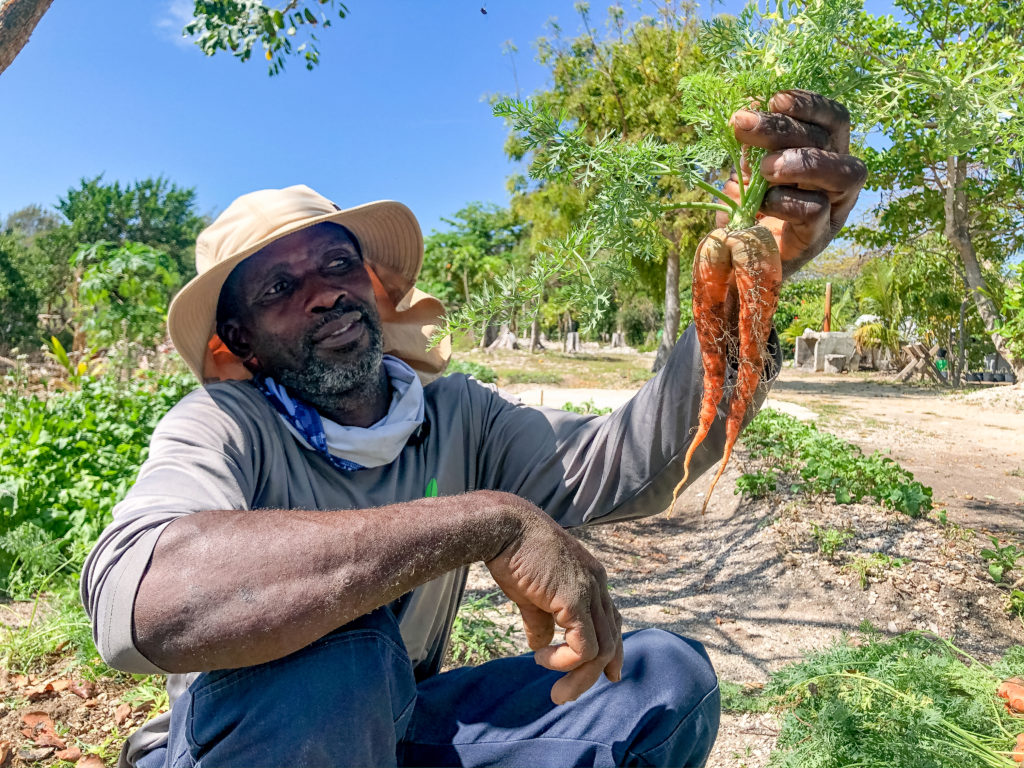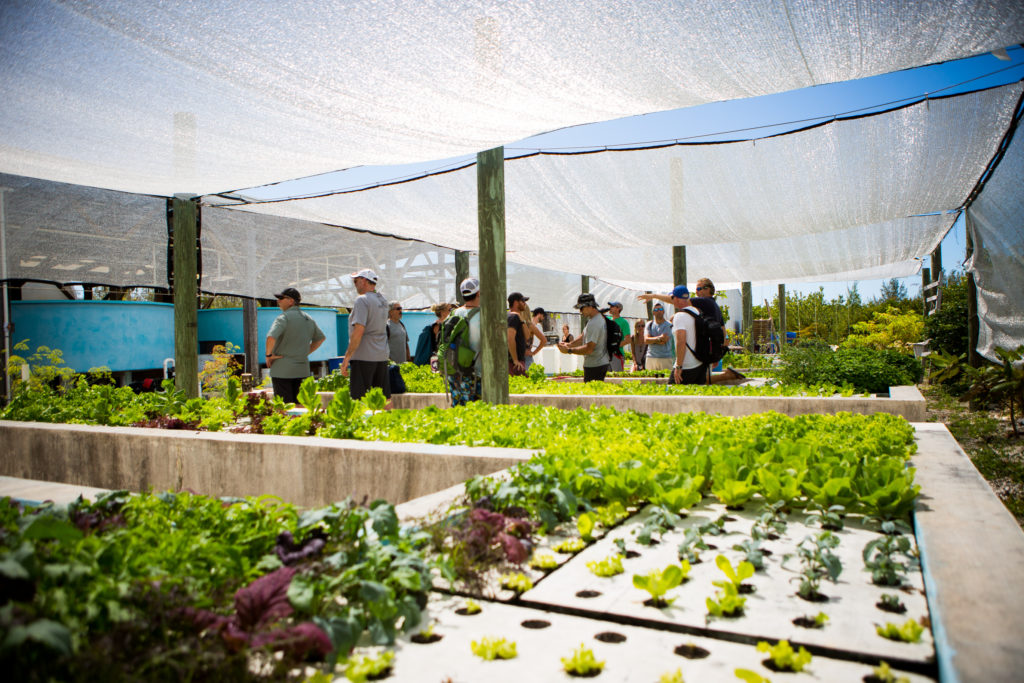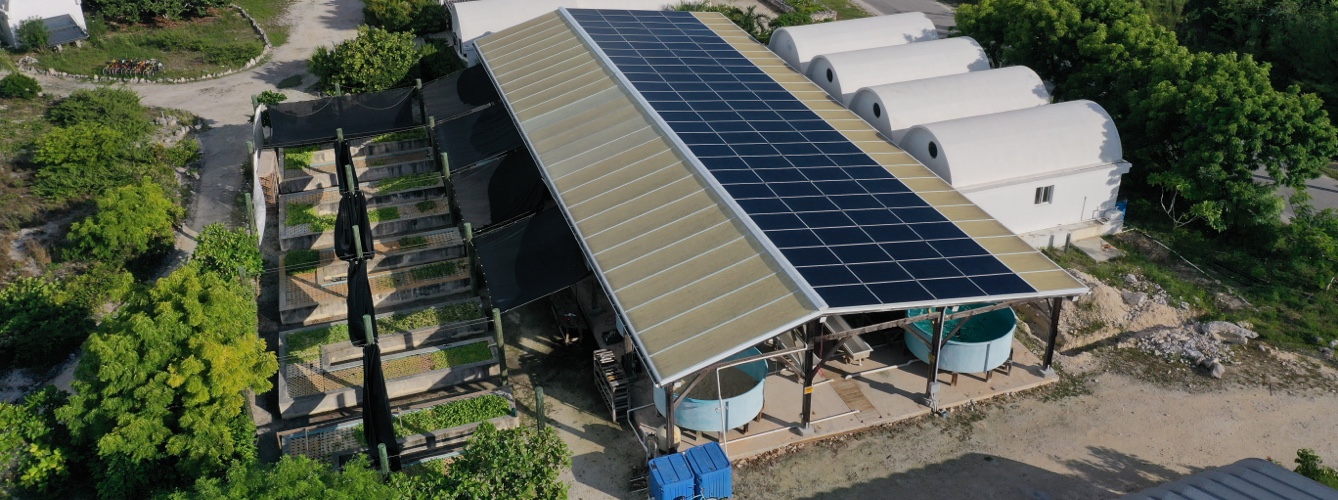Food Security
Discovering More Sustainable Food Sources
True food security can only be established when people, profits and the planet are all taken into consideration.
The overall goal of the food security program to establish working models, that demonstrate viable and sustainable methods of planting, production and harvesting.
Permaculture
Permaculture is a design system that incorporates plants, animals, buildings, and infrastructures such as water, energy, and communication to create sustainable human environments. The focus of permaculture is on the relationships created between these elements by the way they are grown or placed in the landscape. In essence, permaculture is based on mimicking the natural environment and using the inherent qualities of plants and animals within their natural landscapes to produce a regenerative life-supporting system. With the limiting factors that influence food production in The Bahamas, including nutrient-poor soils, high solar intensity, high winds, salt spray, and limited freshwater, an innovative design based on the principles of permaculture may provide an effective model for low-input, viable, and sustainable agriculture. The objective of the permaculture program is to create systems which are ecologically and economically sound, while serving as an educational model for all students.

Aquaponics
The goal is to determine the feasibility of aquaponics as a low-cost food production system for the region. Our model system currently utilizes water from rainwater catchments to ensure cost-effectiveness and environmental friendliness. Nile tilapia (Oreochromis niloticus) are raised in inexpensive tanks and grown under ambient temperature and light conditions to help minimize operating costs. A gravity flow system also helps to reduce costs by passively moving nutrient-rich water from the fish tanks, through a clarifying tank, biofilter, and ultimately into shallow growbeds.

